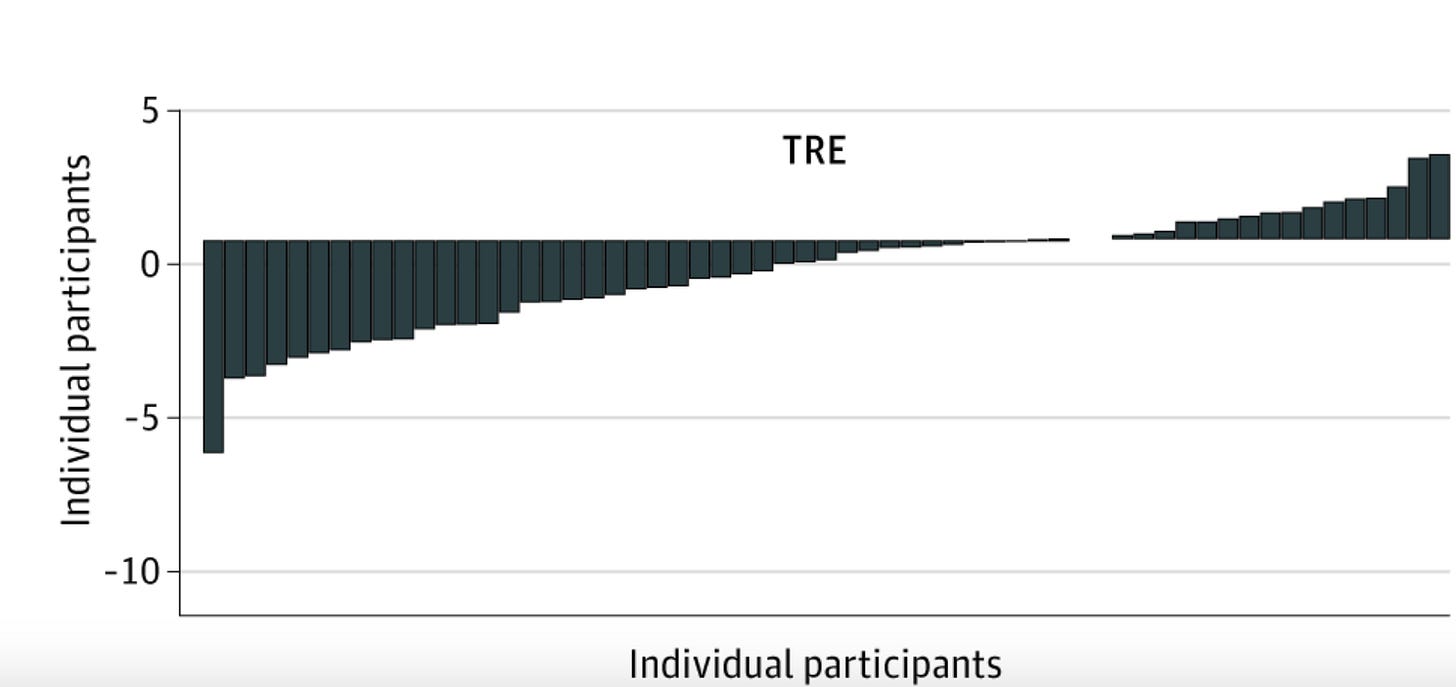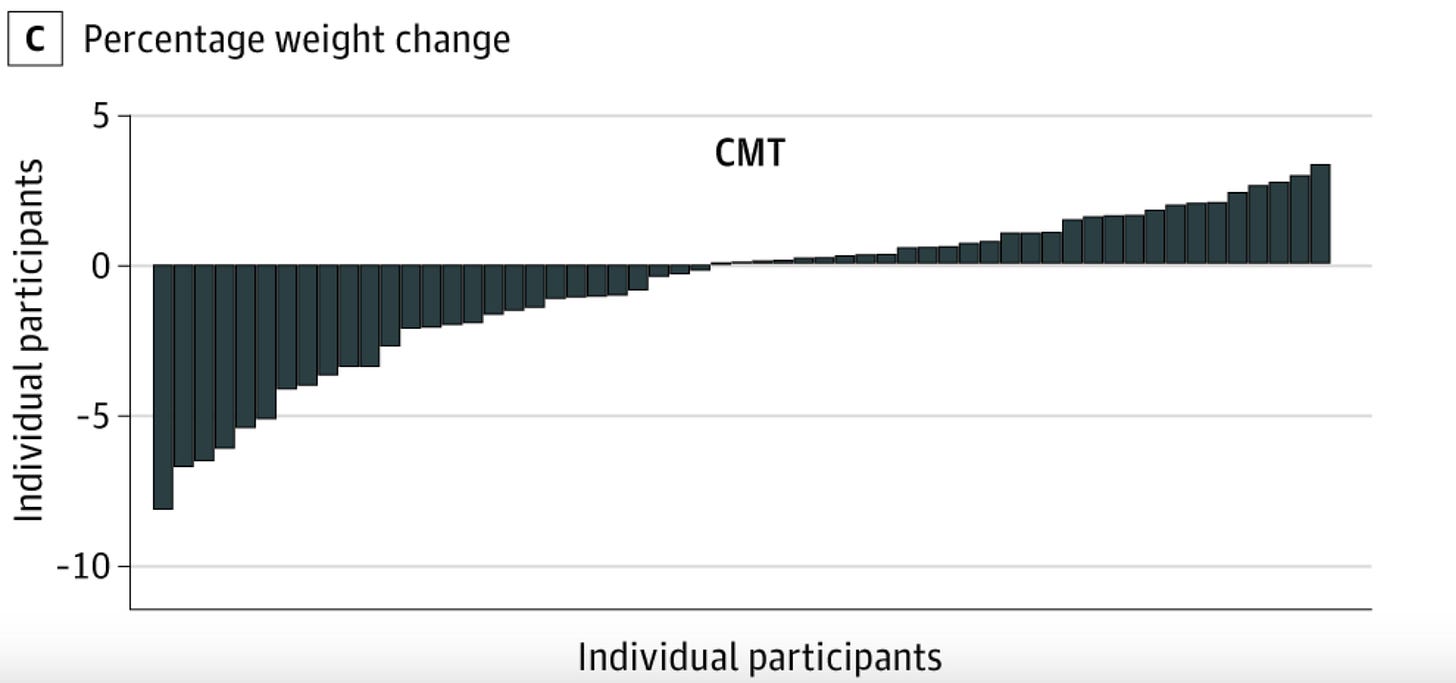Figures that shape my thinking
A new running series on this newsletter
“A picture is worth a thousand words” is a cliche for a reason.
In medicine, really studying a figure from a paper in detail can often tell you more about a disease process or a treatment than any amount of reading.
Sometimes when I am reviewing a paper, one of the graphics really sticks with me and informs my thinking on a topic moving forward.
So I thought it would be interesting to start a running feature here: short, focused posts on Figures That Shape My Thinking.
I expect these posts to be an add-on to my usual long-form weekly posts. They’ll be quicker to read, but still rooted in data and clinical relevance.
I’m not sure what the schedule will be with these yet (or if it will even be regular), but I’m anticipating this as a recurring feature of the newsletter.
Over time you’ll see a library of different “shapes” emerge. Some figures will show early hazard and late benefit. Others will show progressive separation over years. Others will reveal the wild variability in individual responses.
The idea is simple: share the visual patterns that stick in my head and explain why they matter in practice.
The individualized impact of intermittent fasting
The TREAT trial was a randomized trial looking at the impact of time restricted eating (more commonly referred to as intermittent fasting) on changes in weight.
They randomized people to an intermittent fasting strategy (TRE) compared to consistent meal timing (CMT).
They broke down changes in weight by individual participant, which you can see below. Each bar represents an individual person’s weight loss (bar going down) or weight gain (bar going up).
Here’s the intermittent fasting group:
Here’s the consistent meal timing group:
What do you see here?
To me, it looks like a huge amount of variation from person to person.
You can lose weight with intermittent fasting, but you can also gain weight. You can lose weight with consistent meal timing, but you can also gain weight.
How this figure shaped my thinking
Weight loss is hard and there are a lot of tools that can help people lose weight and maintain that weight loss.
But it’s vital to avoid being dogmatic when it comes to an approach.
You don’t get extra health benefits from losing weight via intermittent fasting compared to losing weight with macro tracking and calorite restriction.
All of the approaches that you hear about - from friends, from influencers, from the media - are strategies that might work for you.
But the TREAT trial shows me that strategies that work for one person don’t necessarily work for another person.
You’d see a similar graphic pattern with any diet adjustment - going plant based, going low carb, not eating after 6pm, cutting portion size by 20% - some people will be successful and some people won’t.
The meta-point is that a study shows an average effect, not an individual effect
Some people lose 90 pounds on 2.5mg of Zepbound a week and some lose nothing even though we increase the dose to 15mg a week.
Some people have a 30 point blood pressure drop with the lowest dose of losartan and some people get maxed out and have no real drop.
This graphic really visually clarifies the way that different people can have a different impact with almost any type of intervention.1
My takeaway from this graphic is that huge amounts of individual variation exist and we need to embrace that to help our patients - and ourselves - be successful with behavior change and medical interventions.
So the next time you hear about the optimal strategy for losing weight (or treating blood pressure, or building muscle, or improving fitness, or improving blood sugar, or anything), just remember that it might work for you, but it also might not.
The holy grail of “precision” medicine is to be able to predict these effects before we start an intervention so that what we do feels more scientific and less trail-and-error. But until that time - and it’s really far away, even with the promise of AI - we’re going to be left with the importance of recognizing that people respond differently to all kinds of interventions.




Fantastic! This really resonates.
Thank you Dr. Katz. This simple graphic should hang on every wall, in every office, where medicine is practiced. Not only as a reminder to those that seek help but to those that seek to help. With over eight billion people on the face of this planet, why is it so hard to recognize that there is no "one size fits all" cure or treatment. Responsibility to one's self and responsibility to each patient, as an individual, could not be more glaring than this simple graphic. Thank you again for your care to bring real truth to the conversations around our health. Peace, love and understanding. Dave